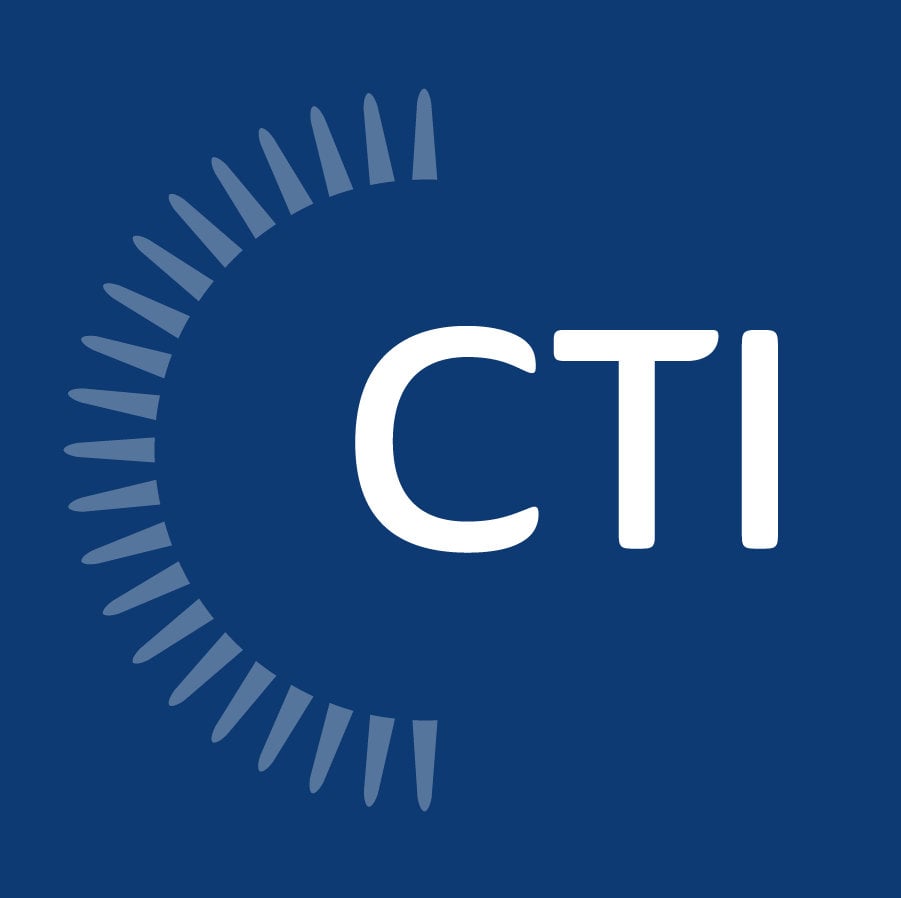
For most tax return preparers, the end of the day on October 15th marks a joyous occasion—the end of a frequently grueling tax filing season and a much-needed reprieve before the cycle begins again in January. Unfortunately, the Service cut the party short in the world of R&D tax credits with its issuance of a new memorandum. This memorandum, published by the Internal Revenue Service Office of Chief Counsel on October 15th, issued new guidance regarding what required information a taxpayer must now include in its claim for an R&D tax credit.
The memo notes that Treasury Regulation section 301.6402-2(b)(1) requires that filing a claim for refund or credit “must set forth in detail each ground upon which a credit or refund is claimed and facts sufficient to apprise the Commissioner of the exact basis thereof.” In order to set the requirements necessary to meet the Treasury Regulation specificity requirements, the Office of the Chief Counsel released this memorandum to outline filing requirements for research credit refund claims. The goal of the memo is to provide clear instructions to assist in the administration of taxpayer claims to reduce the number of disputes. In addition, the Office of the Chief Counsel relies on the inconsistent treatment of the specificity requirement by various courts as a need for clearer instructions.
Learn More: Little Sandy Coal Company v. Commissioner |
Part and parcel to the items outlined as requirements for inclusion in the filing is the identification and enumeration of all business components for which the claim is based. This is considered a basic requirement and must be included to meet the specificity requirement. The next essential item of information necessary to be provided is the identification of the individuals engaged in research on the identified business components. This includes providing the activities conducted and the information that was sought to be discovered. One final requirement is the inclusion and identification of the qualified research expenses that were used to calculate the research credit.
Therefore, according to Chief Counsel, to meet the specificity requirement per the Treasury Regulations a Taxpayer must provide the following when filing a claim for the Research Credit:
- Identify all the business components to which the I.R.C. § 41 research credit claim related for that year.
- For each business component:
- Identify all research activities performed;
- Identify all individuals who performed each research activity; and
- Identify all the information each individual sought to discover.
- Provide the total qualified research expenses which include:
- Employee wage expenses;
- Total qualified supply expenses; and
- Total qualified contract research expenses for the claim year.
Item three can be met by filing Form 6765. A written declaration is required with the filing and can be met with the signature on the return. The memorandum further recommends the IRS reject a deficient refund claim before initiating an audit. This will require taxpayers to be aware of impending statutes because if the claim is rejected and the statute were to run, there is no remedy (except for the below listed grace and transition periods).
The memo has already been met with skepticism within the industry as to how well the memo actually succeeds in clarifying the requirements. For example, critics have noted that the memorandum fails to address what a taxpayer utilizing a statistical sampling study methodology would need to provide in order to comply with its requirements. Though there is hope this increasingly onerous new regulatory scheme will be modified in the coming months to a framework that is more practical for both taxpayers and auditors alike, taxpayers and return preparers should be prepared to conform to the new requirements in relatively short order. The new filing requirement will have a grace period until January 10, 2022 before the filing requirement goes into effect. Once the grace period expires there will be a one-year transition period during which the Taxpayers will have 30 days to perfect the research credit claim for a refund prior to a final determination on the claim by the IRS. This grace period could itself be problematic, as the Service is already behind with filing reviews, prompting many in the industry to wonder whether the Service will reliably notify a taxpayer within 30 days so that they can perfect the claim within that period.
Now more than ever, having a firm specialized in the intricacies of the credit’s rules and regulations is critical to ensuring an accurate and well-corroborated credit calculation that is prepared and filed in accordance with ever-changing requirements. Contact CTI today and let our team of R&D experts work to maximize your credit and help you gather, produce, and maintain a substantiation package tailored to satisfy the latest caselaw and regulatory changes.



